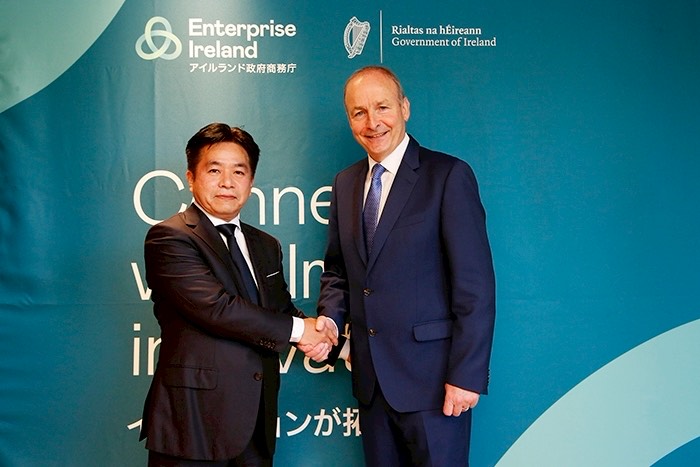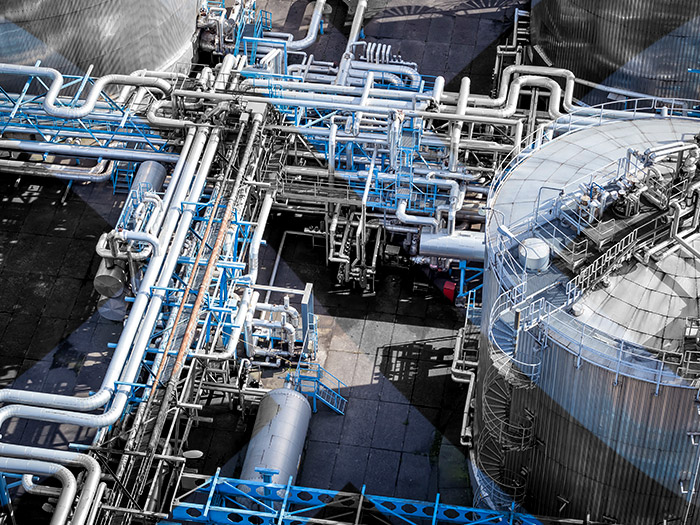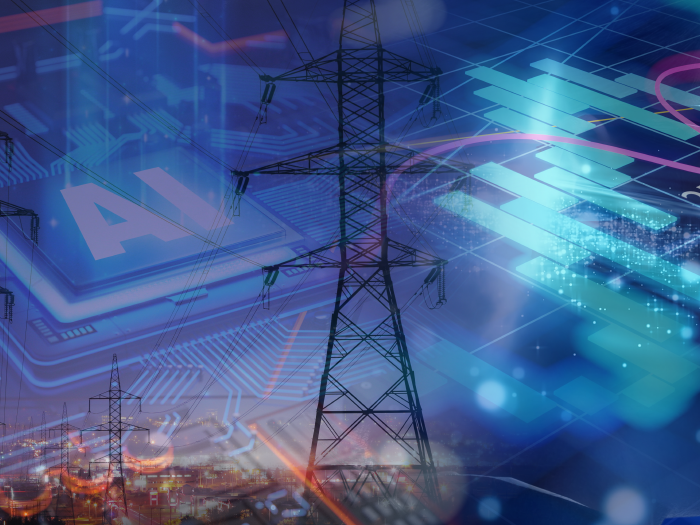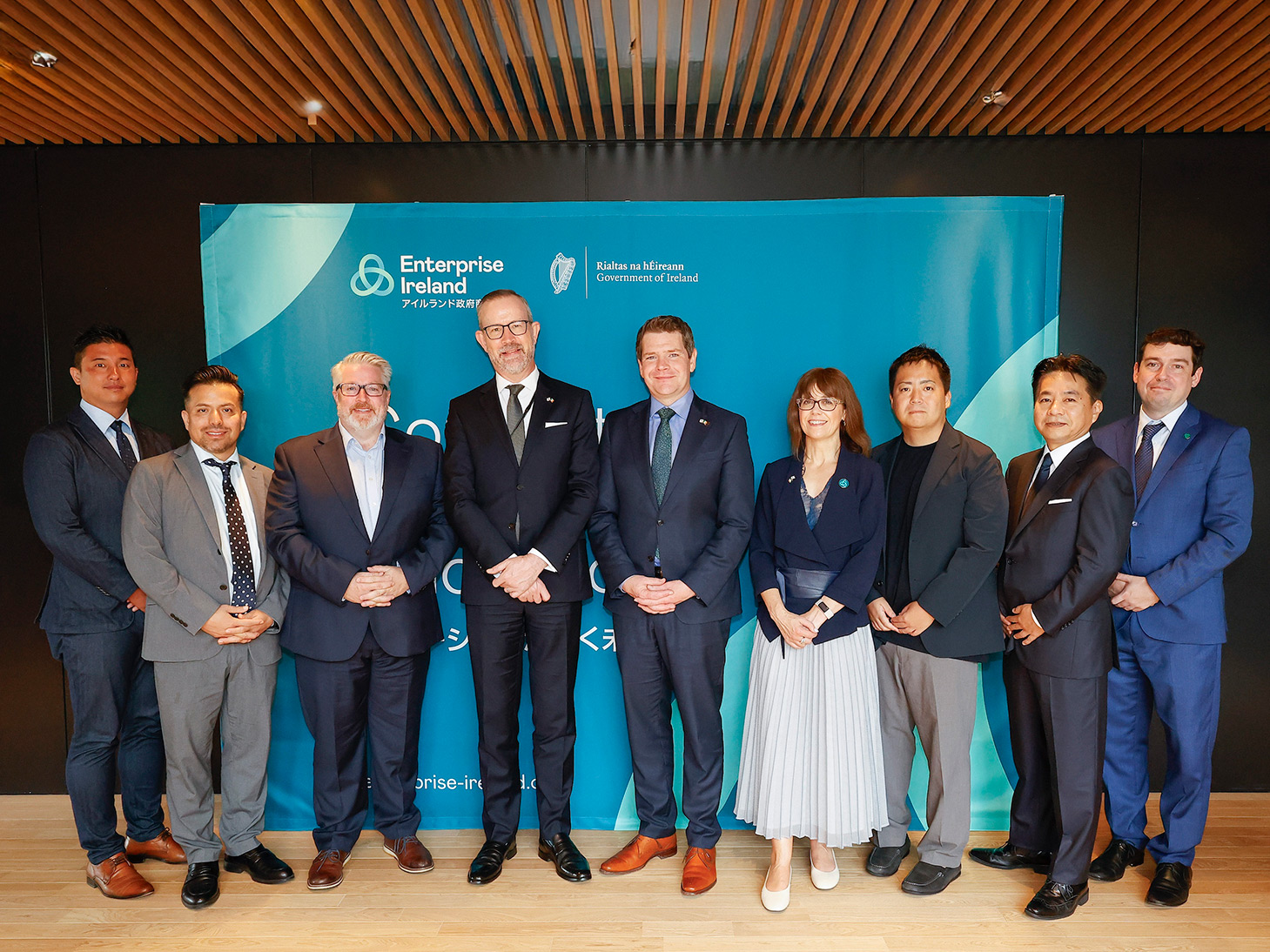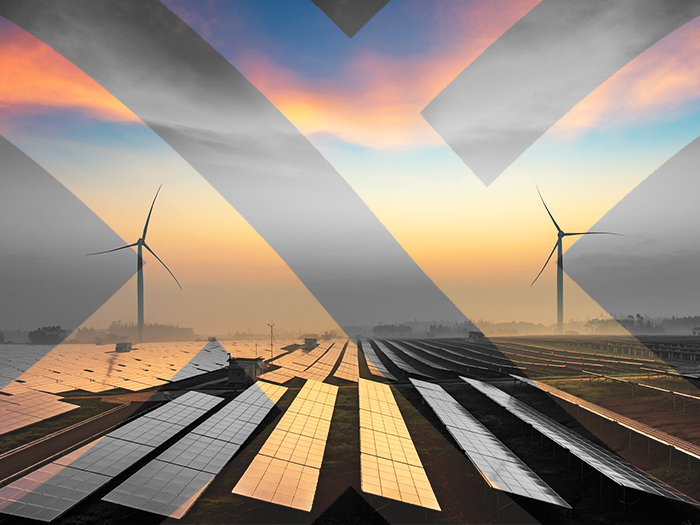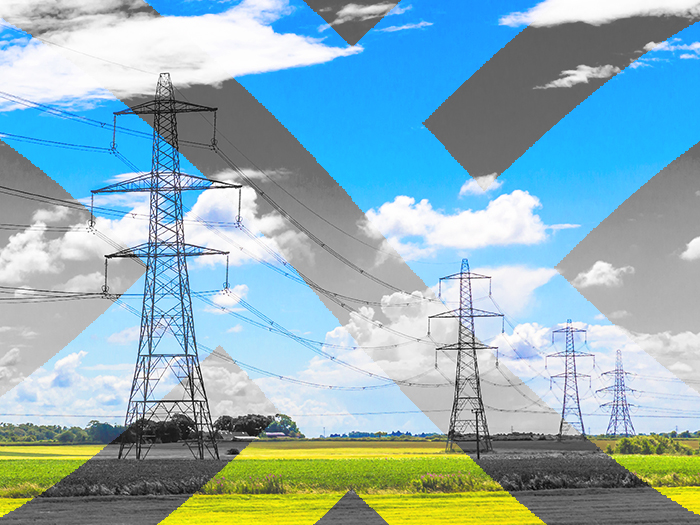News
better business decisions
Posted 6 years ago | 3 minute read

Earth Overshoot Day: Grid decarbonisation is essential to eliminate “environmental debt”
The first of August marked Earth Overshoot Day, the date from which humanity begins to consume more natural resources than the planet can renew in a year. By the end of July, we had already used all the resources the Earth was able to create this year. From the beginning of August, we are living in ‘environmental debt’. A debt that grows each year.
The Global Footprint Network estimates that humanity is now using natural resources 1.7 times faster than our global ecosystem can regenerate. If nothing changes, by 2030 the global population will require resources of two entire Earths to sustain our current consumption levels.
Michael Phelan, Chief Executive at GridBeyond, energy technology provider, commented:
“Days like today highlight a difficult fact: most of our lifestyles and businesses are currently unsustainable.
“Carbon emission is the main factor contributing to global warming, and it currently constitutes 60% of humanity’s ecological footprint. There are no easy solutions; only permanent changes to the way we manage our resources will impact enough to help us recover from our ‘environmental debt’.
“Luckily there are already some bright examples on the European map of how this is being applied to energy resources. EirGrid, the grid operator in Ireland, has recently achieved world-first level of renewable energy on the electricity system, with the grid on the island of Ireland able to integrate up to 65% renewable energy at any given time. By 2020 the Irish and Northern Irish combined energy system will have more renewable generation installed and operated than anywhere in the world, exceeding the target of 40% of renewables contribution to gross electricity consumption.
“The difficulty with integrating renewable energy into the grid lies in their volatility. This is why grid operators rely on the latest technology, such as GridBeyond’s, to monitor the balance between supply and demand, and automate the reduction or increase in energy consumption for industrial and commercial sites. Storage, in the form of commercial batteries, can significantly help with this. Particularly when paired with demand side response technology to create a hybrid network. All of which means that at times of reduced renewable generation or increased demand, carbon-based power plants do not need to be used to make up the deficit.
“Fortunately, as the UK and Ireland rapidly decarbonise to meet their CO2 reduction targets required by the 2015 Paris Agreement, an increasing number of commercial and industrial energy users start to understand the impact of their operations and take fundamental steps to set and meet their environmental responsibility and sustainable manufacturing goals.
“One of the things that drives us and our business is the idea that our smart grid technology, an innovative, energy demand and storage management platform driven by artificial intelligence enables our clients to play their part in reducing the “environmental debt”. By contributing to the decarbonisation of our grid, industrial and commercial businesses transition from passive bill payers to active participants in the energy market – committing to a greener more sustainable future.
“The first obvious step for I&C companies is to optimise energy consumption. The latest advances in energy machine learning and AI now enable monitoring and management of electricity used in residential, commercial and industrial settings. This leads to increased efficiency in both the short and long term, which in turn reduces reliance on carbon-based energy sources. Businesses might choose to limit their energy usage during peak demand times, invest in on-site energy storage (commonly known as ‘behind-the-meter’ batteries), or explore various demand side response (DSR) programmes offered by grid operators.”
